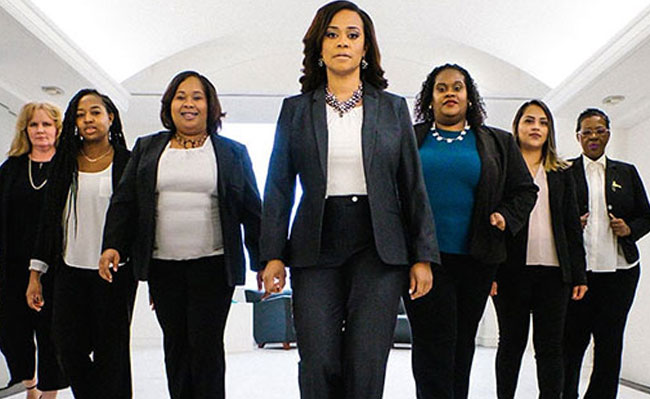Car Seat Regulations
In the United States, child safety in and around vehicles is a paramount concern, governed by various laws and guidelines designed to protect young passengers. These regulations address everything from car seat usage to leaving children unattended in vehicles. Understanding and adhering to these rules is essential for ensuring the safety of children while traveling.
Car Seat Laws and Regulations
Each state has specific laws regarding car seat use, but all states require children to be secured in a car seat or booster seat appropriate for their age, height, and weight. The general recommendation, supported by the National Highway Traffic Safety Administration (NHTSA), is as follows:
- Infants and Toddlers: Should use rear-facing car seats for as long as possible, until they reach the maximum height or weight limit allowed by the car seat manufacturer.
- Toddlers and Preschoolers: Once they outgrow the rear-facing car seat, children should be placed in a forward-facing car seat with a harness.
- School-aged Children: Children who have outgrown the forward-facing seat should transition to a booster seat until they are tall enough to fit in a seat belt properly – typically when they are at least 4 feet 9 inches tall and have reached 8 to 12 years of age.
- Older Children: Should use lap and shoulder seat belts for optimal protection. The back seat is the safest place for children under 13 years old.
Installation and Proper Use
Proper installation and usage of car seats are critical. Surveys by the NHTSA have shown that many car seats are not installed correctly, which can significantly reduce their effectiveness in protecting children during an accident. It is advisable for parents and caregivers to attend a car seat installation workshop and to have their car seat installations inspected by certified child passenger safety technicians.
Leaving Children in Cars
Leaving children unattended in vehicles is not only dangerous but also illegal in many states. The temperature inside a parked car can rise rapidly, making it lethal in a short amount of time, even with windows cracked open. Several states have laws against leaving children in a vehicle, which can lead to fines and even jail time, depending on the state and circumstances.
Protection Against Vehicle Backovers
Backover accidents – where a driver unintentionally backs over a child unseen behind the vehicle – are tragically common. To combat this, rear visibility technology (backup cameras) has become mandatory in all new cars sold in the U.S. since May 2018. This technology helps prevent accidents by giving drivers a better view of the area behind their vehicle when reversing.
Pedestrian Safety
Children are often taught from a young age to look both ways before crossing the street, but there are additional layers of protection mandated by law to enhance child pedestrian safety. These include school zone speed limits, crossing guards in school zones, and stringent penalties for drivers who disregard school bus stop signs.
Educational Programs
Educational programs play a crucial role in child vehicular safety. Programs like Safe Kids Worldwide offer resources and host events around the U.S. to educate parents and children about road safety, proper car seat use, and pedestrian precautions.
By adhering to these laws and guidelines, parents and caregivers can significantly reduce the risk of injuries and fatalities among child passengers and pedestrians. This commitment to following best practices in child safety helps create a safer travel environment for everyone on the road.


